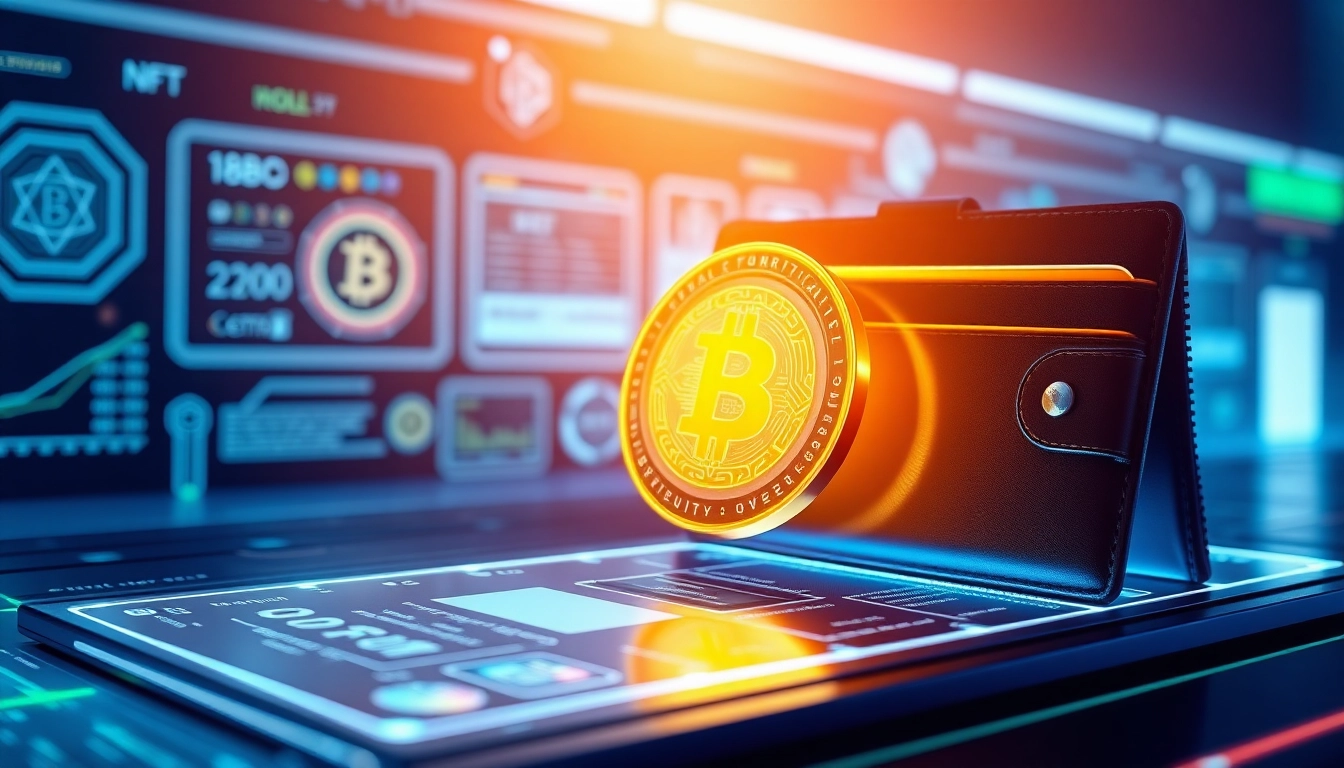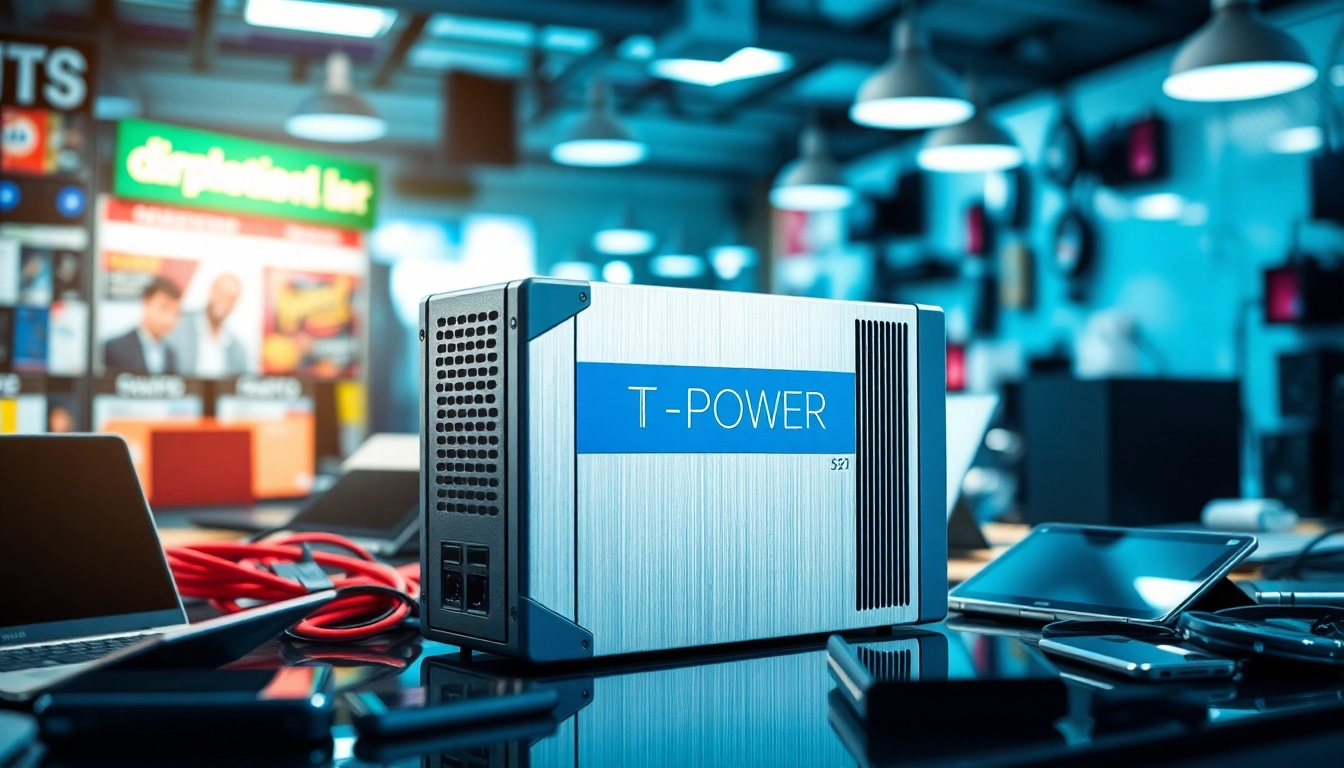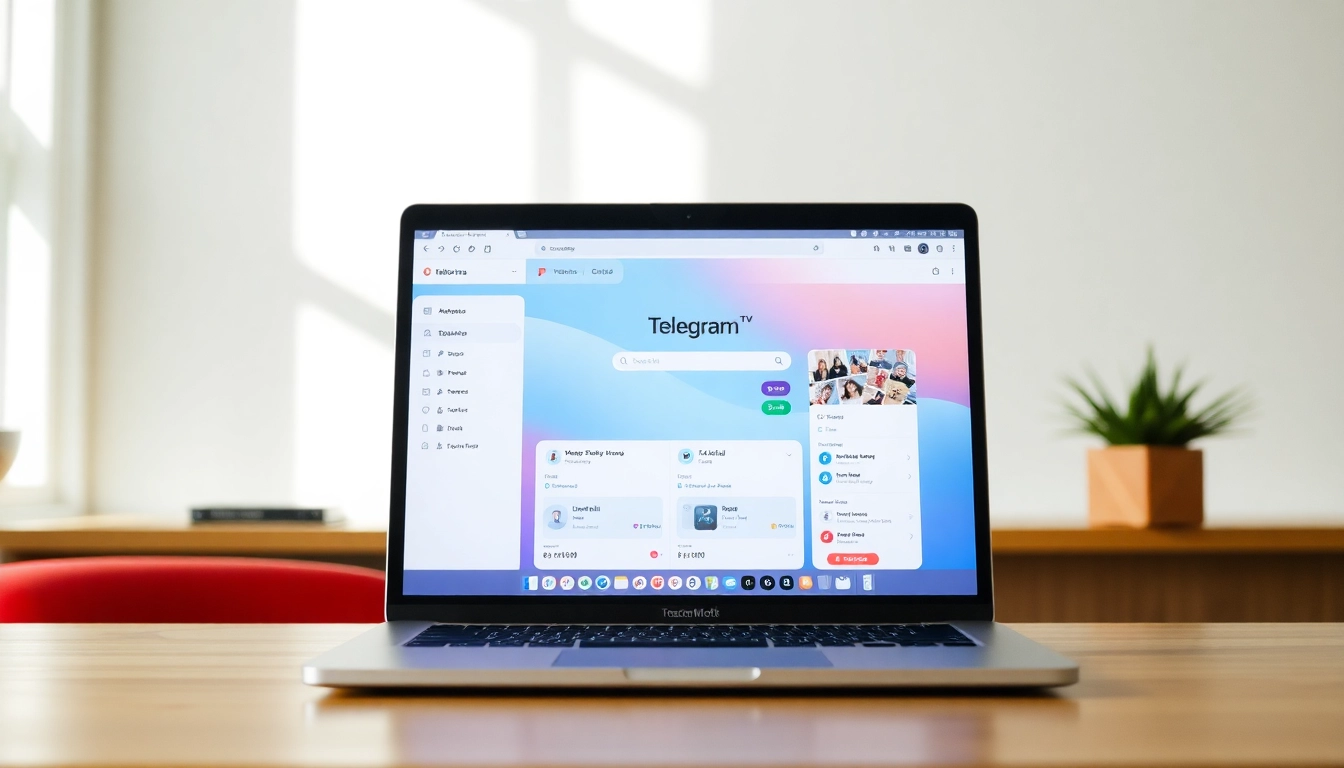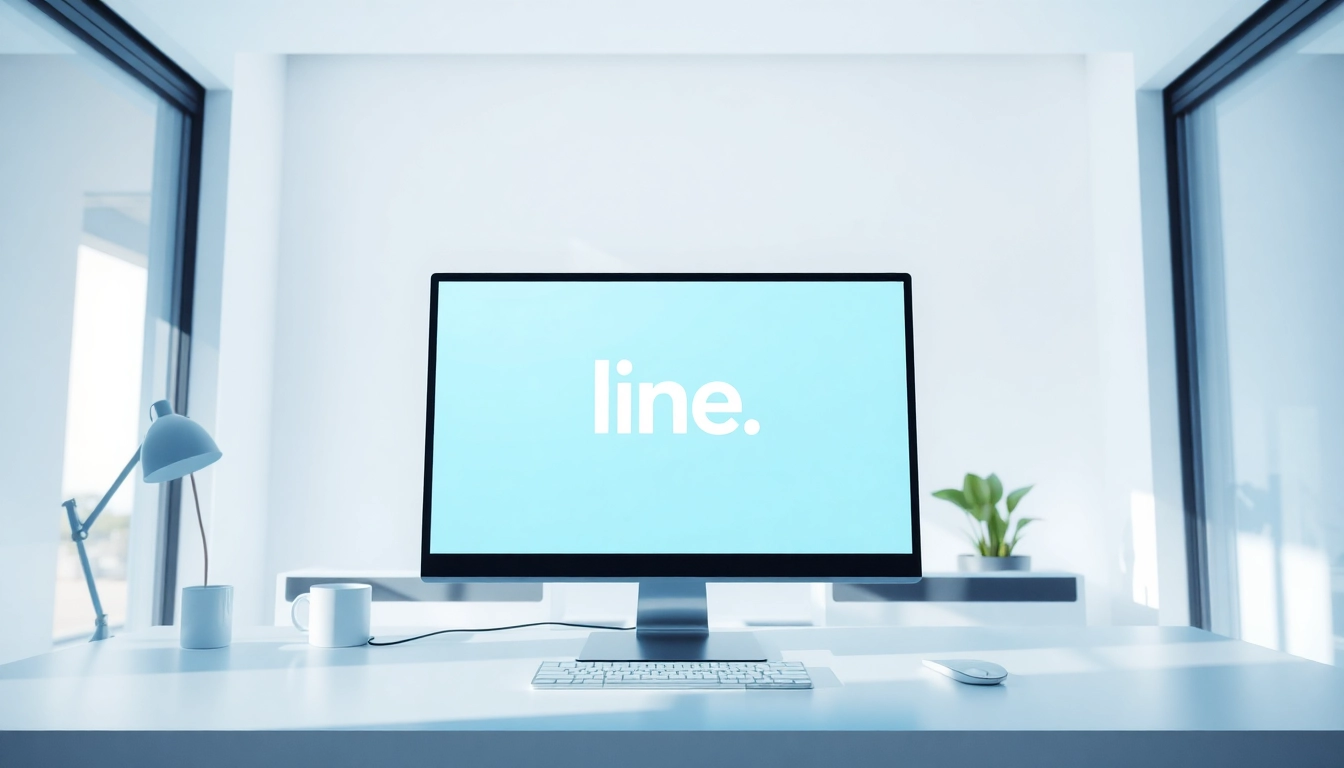1. Overview of Digital Proof of Ownership
In today’s digital landscape, the verification of ownership for digital assets has become increasingly critical. As the value of digital assets rises, the need for digital proof of ownership solutions is paramount. This refers to the mechanisms and technologies that verify and establish ownership within a digital context, particularly utilizing blockchain technology, cryptography, and decentralized systems. Understanding digital proof of ownership is essential for individuals and organizations, as it enables secure transactions and fosters trust in digital economic environments.
1.1 What is Digital Proof of Ownership?
Digital proof of ownership is a mechanism that confirms an individual’s or organization’s rights over digital assets such as cryptocurrencies, non-fungible tokens (NFTs), digital files, and intellectual property. This proof is generally based on unique cryptographic keys that provide evidence of ownership and control.
When a digital asset is created, it is linked to a unique identifier that is recorder on a blockchain, making it secure and immutable. This identifier can be thought of as a digital fingerprint, allowing anyone to verify ownership and the history of an asset without relying on a centralized authority.
1.2 Importance in the Digital Age
The significance of digital proof of ownership is growing as more transactions move online. With the rise of e-commerce, online banking, and digital rights management, it is crucial to have reliable systems to prove ownership. This is particularly relevant in fields such as art, music, and real estate, where digital assets are becoming increasingly commonplace.
Moreover, traditional methods of ownership verification are often fraught with limitations, such as lengthy processes and susceptibility to fraud. Digital proof of ownership addresses these challenges by providing a transparent, traceable means of verification. This not only strengthens legal claims to ownership but also enhances the overall security of digital transactions.
1.3 Key Technologies Behind Digital Proof
Several technologies play pivotal roles in establishing digital proof of ownership:
- Blockchain Technology: A decentralized ledger that records transactions across multiple computers, ensuring that information is secure and unalterable.
- Crytography: Techniques that protect information and ensure the integrity of ownership claims by using keys and signatures.
- Smart Contracts: Automated contracts that execute transactions based on predetermined rules, adding additional layers of verification and trust.
2. Mechanisms and Technologies
2.1 Blockchain Technology and Ownership
Blockchain serves as the backbone of digital proof of ownership. By creating a decentralized and immutable record of transactions, blockchain allows multiple parties to access the same information transparently. Each block in the chain contains data, a nonce, and the cryptographic hash of the previous block, linking them together in a secure manner. This structure ensures that once data has been recorded, it cannot be altered or deleted without consensus from the network.
Ownership on a blockchain is represented by a transaction that links a user’s wallet address to a specific asset. This process allows anyone on the network to verify ownership without requiring intermediaries, thus enhancing operational efficiency and security.
2.2 Role of NFTs in Establishing Ownership
Non-fungible tokens (NFTs) are unique digital assets that have taken the art and collectibles market by storm. Unlike cryptocurrencies, which are fungible and can be exchanged on a one-to-one basis, each NFT has distinct attributes that make it irreplaceable. This uniqueness is precisely what allows NFTs to serve as a form of digital proof of ownership.
When an NFT is created, it is minted on a blockchain, recording its ownership and transaction history. This ensures that the rightful owner can be identified, and ownership can be transferred easily while maintaining a secure record of all past transactions. As a result, NFTs have introduced innovative solutions for artists and collectors, creating new marketplaces for digital assets.
2.3 Digital Signatures and Verification Processes
Digital signatures utilize encryption to authenticate the identity of parties involved in a transaction. Essentially, a digital signature is a mathematical scheme that validates the authenticity and integrity of a message, software, or digital document.
When a digital asset is created, the owner can apply a digital signature using their private key. This cryptographic operation proves the ownership without revealing the private key itself. Verification processes involve others using the corresponding public key to confirm that the signature aligns with the asset, thus establishing clear ownership and preventing unauthorized transactions.
3. Applications Across Industries
3.1 Art and Collectibles: The Role of NFTs
The art world has seen significant transformations thanks to digital proof of ownership, particularly through NFTs. Artists can tokenize their work, allowing them to sell pieces directly to collectors while maintaining royalties on future transactions. This model revolutionizes how artists interact with their audience and monetize their work.
Furthermore, NFTs have enabled collectors to purchase and trade digital art with verified ownership, granting them greater confidence in their investments. Sotheby’s and Christie’s are just a few auction houses that have embraced this technology to sell digital art and collectibles.
3.2 Certificates and Documentation
Digital proof of ownership has extended its reach into education and professional certifications. Institutions can issue certificates on the blockchain, providing employers with a reliable way to verify the qualifications of candidates. This approach eliminates the need for manual checks and reduces the likelihood of certificate forgery.
For instance, blockchain platforms such as Learning Machine and Blockcerts enable organizations to create and manage secure records of academic achievements. These digital certificates can be accessed online, making verification straightforward for employers.
3.3 Real Estate and Physical Assets
In the real estate sector, digital proof of ownership presents exciting possibilities for transparency and efficiency. By recording property titles on a blockchain, all transactions relating to a property can be traced clearly from the inception to the current ownership. This can significantly reduce fraudulent practices like double-selling or undisclosed property liens.
Moreover, tokenizing real estate allows for fractional ownership. Investors can own a percentage of a property represented by tokens, broadening opportunities for real estate investments. This democratization of ownership is set to impact the real estate landscape positively, making it more accessible.
4. Benefits of Digital Proof of Ownership
4.1 Enhancing Security and Authenticity
One of the most significant advantages of adopting digital proof of ownership is the heightened security it provides. The cryptographic principles and dispersed nature of blockchain technology contribute to making fraud significantly more difficult. With a secure recording of all transactions, asset verification becomes reliable and straightforward.
This outstanding level of security is not just beneficial for asset owners but also reassures buyers in the market. The assurance that they are purchasing a legitimate, verified asset fosters trust in digital transactions.
4.2 Building Trust in Digital Transactions
Trust forms the cornerstone of any successful transaction, especially in the digital age where anonymity is prevalent. With digital proof of ownership, both parties can confirm ownership and transaction legitimacy without relying on third-party verification. This significantly enhances the level of trust in online transactions.
Blockchain technology provides transparent and verified histories, allowing buyers to make informed purchasing decisions. As trust grows, so does the market for digital transactions, helping businesses thrive in increasingly competitive environments.
4.3 Facilitating Transferability of Assets
Digital proof of ownership enhances the transferability of assets by making ownership changes simplistic and instantaneous. Through blockchain and smart contracts, ownership can be transferred with just a few clicks, without the need for complex documentation or intermediaries.
This efficiency is not only user-friendly but also cost-effective, reducing transaction costs associated with traditional methods of asset transfers. As a result, individuals and organizations can transact more efficiently, maximizing liquidity in digital asset markets.
5. Challenges and Future Perspectives
5.1 Common Challenges in Implementation
Despite its significant advantages, implementing digital proof of ownership has its share of challenges. One primary concern is the lack of standardization across different platforms, making interoperability a complex issue. This can result in asset management inefficiencies when transferring or trading across various blockchain networks.
Additionally, many individuals and organizations remain skeptical about the security of blockchain technologies, often associating them with cybercrime or fraud. Increasing awareness and education about digital ownership protocols is crucial for overcoming these hurdles and improving adoption rates.
5.2 Future Trends in Digital Ownership
As the digital landscape evolves, so too will the methods and technologies for proving ownership. We can anticipate increased integration of artificial intelligence and machine learning algorithms that enhance security measures and streamline verification processes. Additionally, the development of regulatory frameworks governing digital asset ownership will likely emerge, providing guidelines to ensure compliance and foster innovation.
The rise of decentralized finance (DeFi) applications also points toward a future where digital proof of ownership will be integrated into virtually every financial transaction, creating a wealth of opportunities for both businesses and consumers alike.
5.3 Regulatory Considerations and Compliance
As digital proof of ownership gains traction, regulatory bodies face the challenge of creating frameworks that ensure the legitimacy and safety of these technologies. Compliance will be paramount, especially given the increasing focus on data privacy and consumer protection.
Organizations working with blockchain technology will need to stay abreast of evolving regulations to ensure that their business models align with legal expectations. Ensuring compliance not only mitigates risks but also enhances consumer trust and bolsters business credibility.



